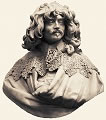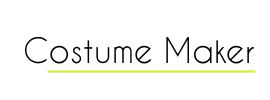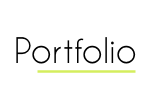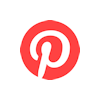|
|
 |
Male
Indoor Garments
|
 |
Indoor garments
gained more and more importance after the first half of the 17th
century. The Justaucorps were very heavy, and very impractical indoors,
and although there had already been banyans (dressing gowns)
in the early 17th century, they became now compulsory. These dressing/indoor
gowns were quite splendid and by no means comparable with modern
dressing gowns, instead made from brocades, velvets and silks, and
highly respectable wear. The most sought for fabric for those banyans,
were printed or painted cottons from India, but since there was
such a craze for these fabrics there was a decree that cotton was
forbidden to be imported into England. Nevertheless, of course as
with any law regarding garments, there was smuggling. The same happened
with French lace, by the way, and thus many items of beauty were
destroyed back then when the smuggled wares were confiscated and
burnt by the customs.
Furthermore,
since the massive periwigs had become fashionable, men wore
their hair shaved underneath those wigs, and naturally they took
off the heavy wigs when indoors at home, so that the bald head had
to be covered. The indoors cap had already been in use earlier in
the century, and often beautifully embroidered, and it was to remain
in extensive use throughout the 17th and also the 18th century.
The high heeled
outdoor shoes were also exchanged for more comfortable, low heeled
mules, often covered with fabric and embroidered.
It is very
important to bear in mind that the above described items of indoors
at ease and at home clothing were by no means equivalents in use
to the modern negligées, but were very respectable clothing
with the shirt and the breeches, often also the waistcoat worn underneath.
The dressing gown or banyan was very comfortable with its
elegant masses of fabric, protection against the cold or draughts,
as well as the embroidered or otherwise decorated cap, these items
were worn when visitors inside one's home were met, and they were
in essence house-garments.

Female
Costumes
Ladies' Baroque Clothing
Indoor
Garments | Footwear | Accessories | Hairstyles | Head-dresses | Development
of the Fontange
Hairstyles
by Vermeer | Dress
Colours by Vermeer | Head-dresses
by Vermeer
Costume Focus Headwear & Neckwear | Costume
Focus Working Women
Costume
Focus Children's Clothing
Ladies'
Costume Quotes
Male
Costumes
Gentlemen's Baroque
Clothing
Indoor Garments | Footwear | Accessories | Hairstyles | Head-dresses
Costume
Colours by Vermeer | Hair-
and Head-dresses by Vermeer
Gentlemen's
Costume Quotes
~ ~ ~ ~ ~ ~ ~ ~ ~ ~ ~ ~ ~
Embroidery Gallery | Gallery of Needlework
Engravings
Lace Gallery &
Identification | Glossary
Contents © N. Kipar 1997 |









